“Red Line (Siege)” by Gianni Pettena 1972
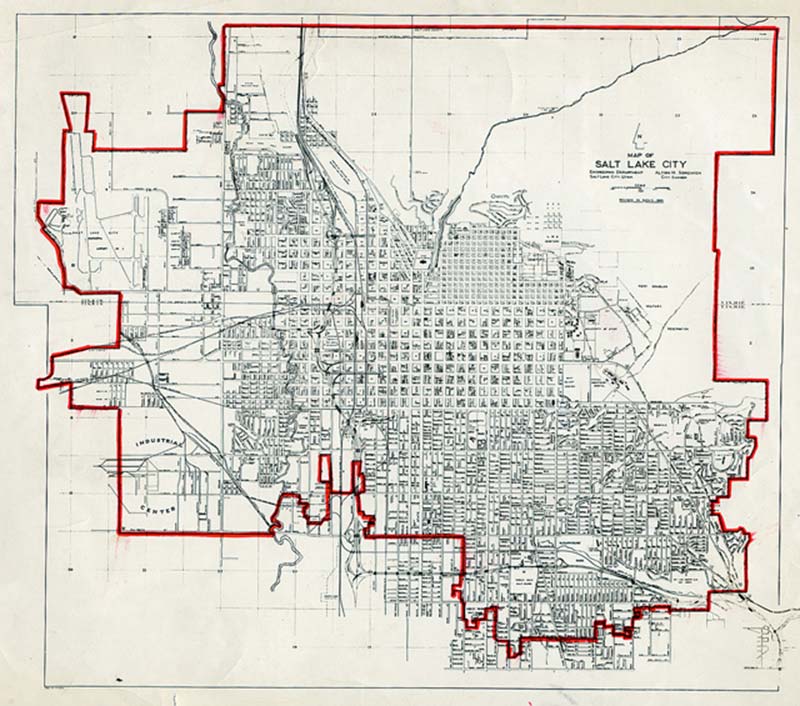
Artist, architect and teacher, Gianni Pettena was part of the original wave of radical Italian architectes of 1960′s and 1970′s together with Superstudio, Archizoom, Sottsass, (among many others). Similarly to Ugo la Pietra, Pettena’s practice was particularly oriented to performance and installation in urban contexts, in that his artistic interventions identified the creation of monumental yet ephemeral projects in the city. His approach to Land and Conceptual Art during the 1970′s let him develop an original investigation on the limit between the scale of the body and that of the urban and natural environment.
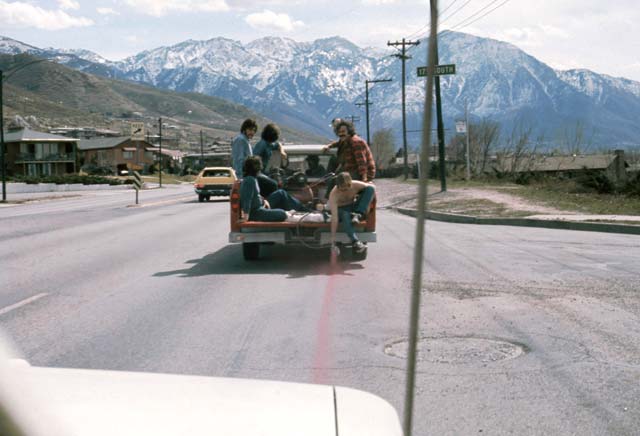
As a teacher he spent 1972 as a visiting professor in Utah, during which he engaged his students to participate in three performances: “Clay House”, “Tumbleweeds Catcher” and “Red Line”. Entitled “The Salt Lake Trilogy”, this actions were envisioned as “metaphorical interpretations of the contradictions of the contemporary city, its stupidities and its beauties, conducted through interventions that also had a strongly contextual value, as they tackled the theme of the relationship with the city, the relationship with the fact of inhabiting today, in a place in which the presence of natural elements, in particular the Great Salt Lake and the Great Salt Lake Desert, is particularly significant.” (Gianni Pettena).
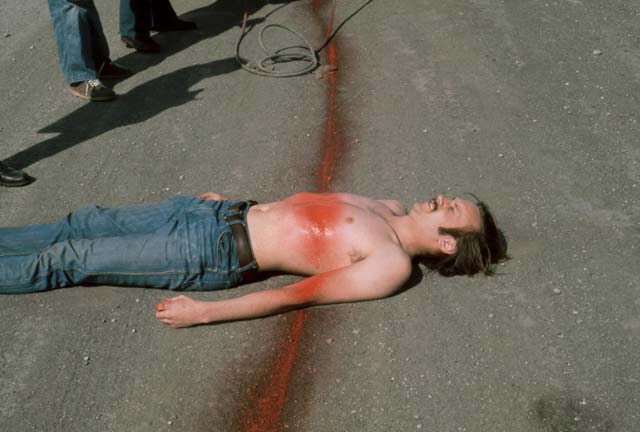
“Red Line (Siege)” was the last of the three works and consisted in the “physical visualization” of the municipal boundary: carried out using a pickup loaded with drums of red paint, a spray gun and a compressor, the operation, that ended up tracing a forty kilometers red line around the city center, was documented by photography, film and a city map showing the trajectory of the line.
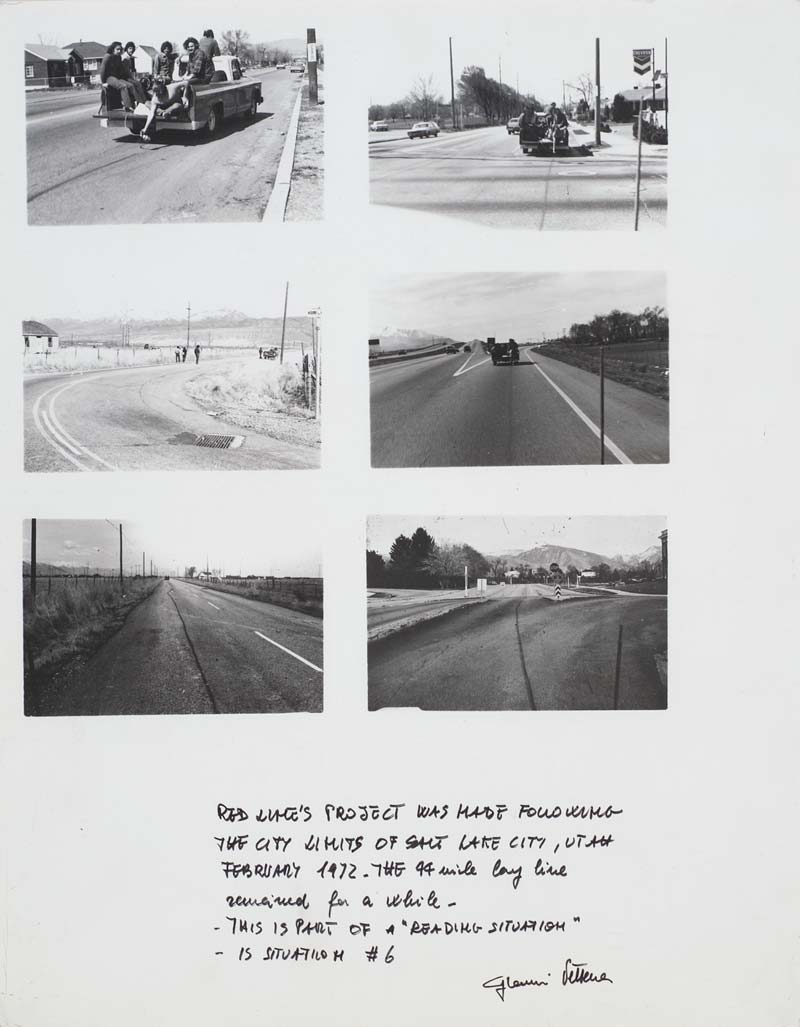
This action, in its avoidance of creation of an artistic object, is almost immaterial in its results, thus reminding the production of conceptual artists like Douglas Huebler or Jan Dibbets, and in particular, “A line made by walking” by Richard Long (1972), “Time Line“, by Dennis Oppenheim (1968) or “Line in the desert of Tula“, by Walter de Maria. What is investigated is not the interference of an alien object in an ordinary context, but rather the identification of the mental and physical limits between city and countryside, built and natural environment and the borders of our field of perception.
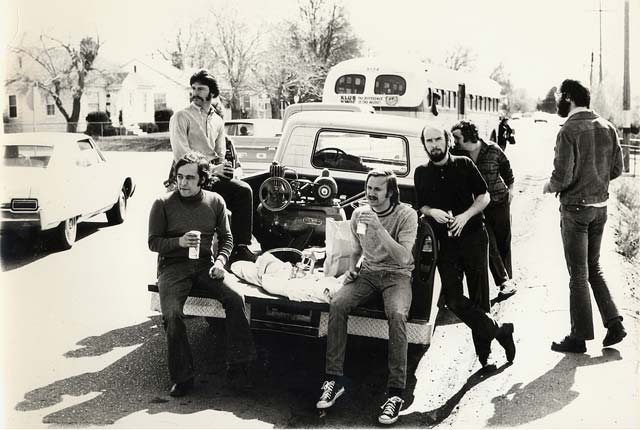
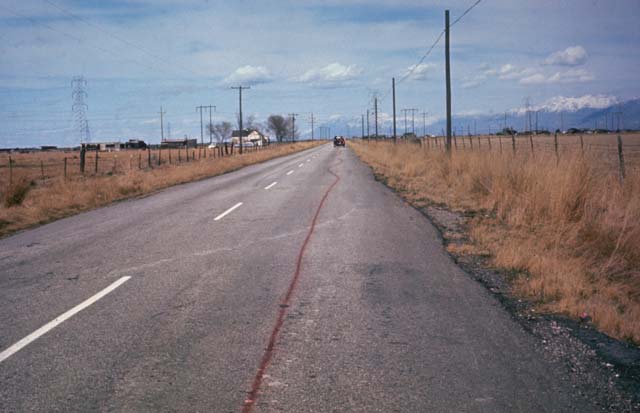
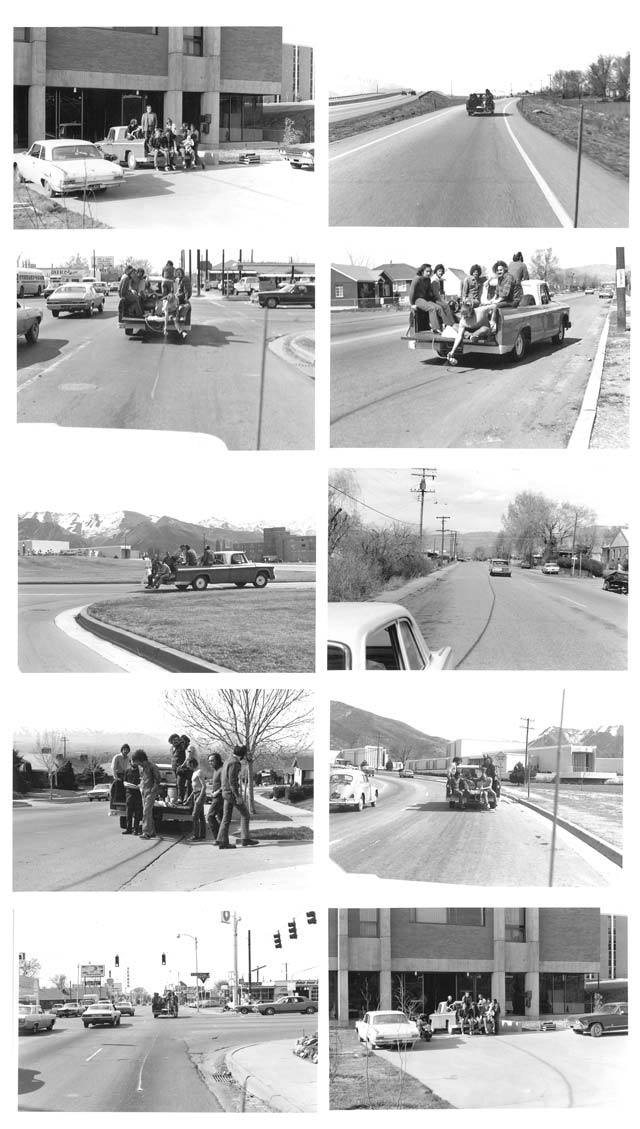
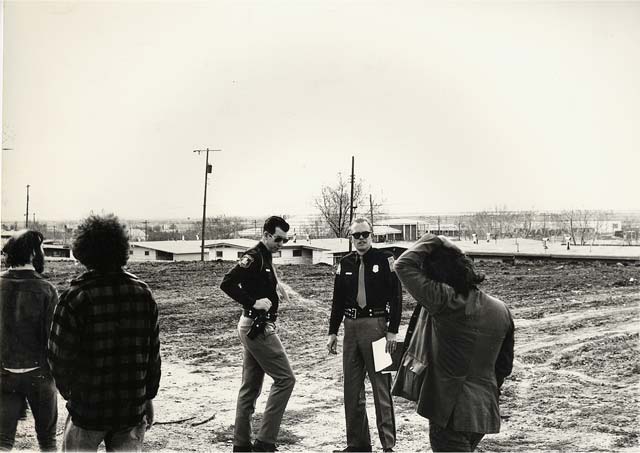
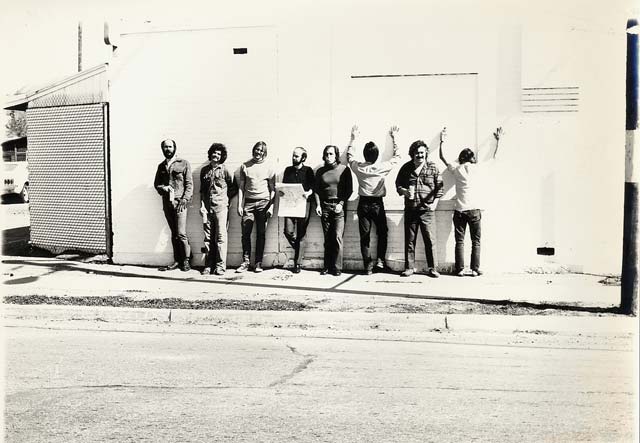
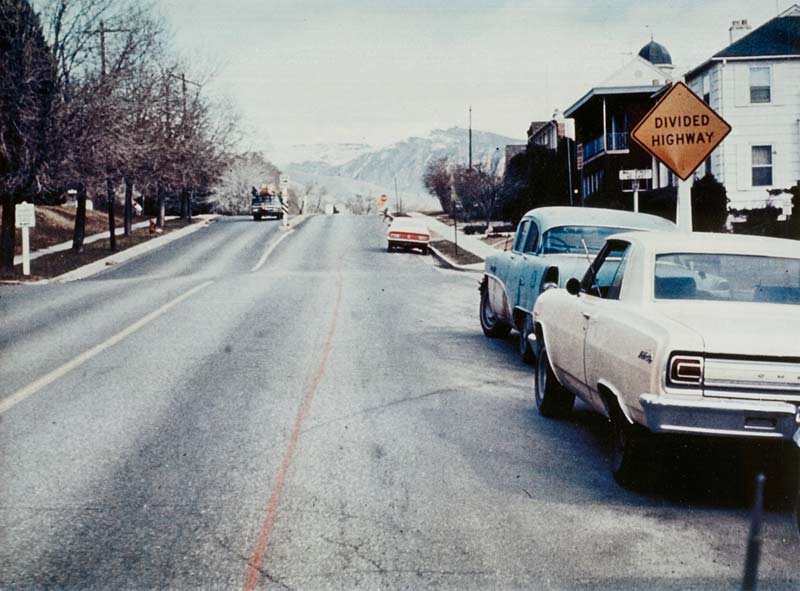
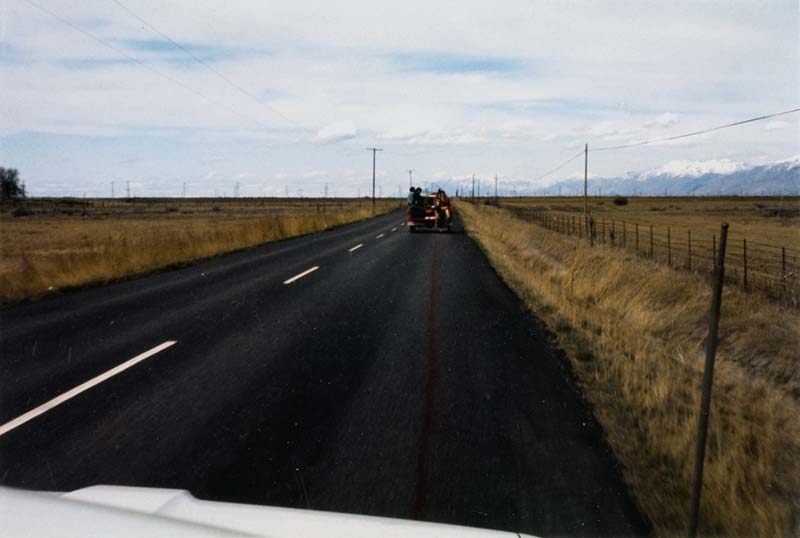
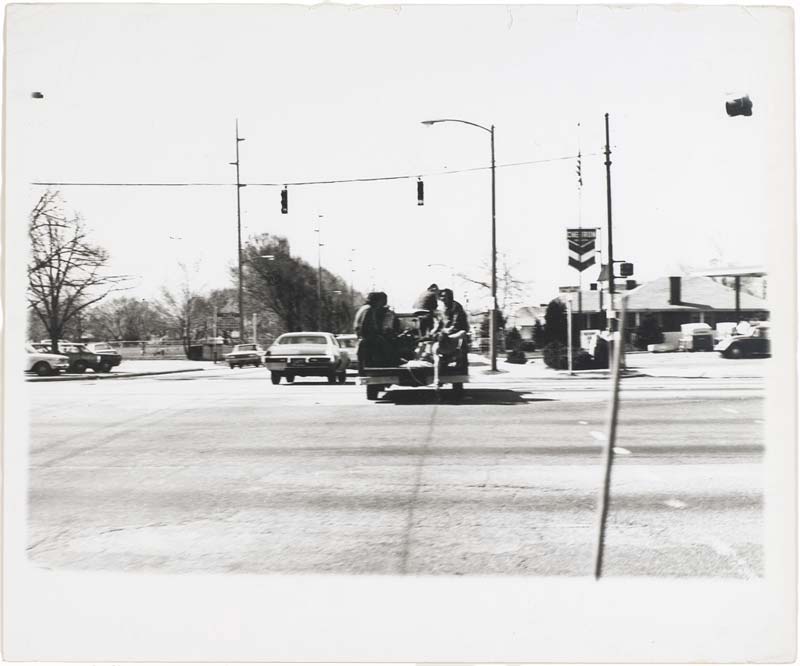
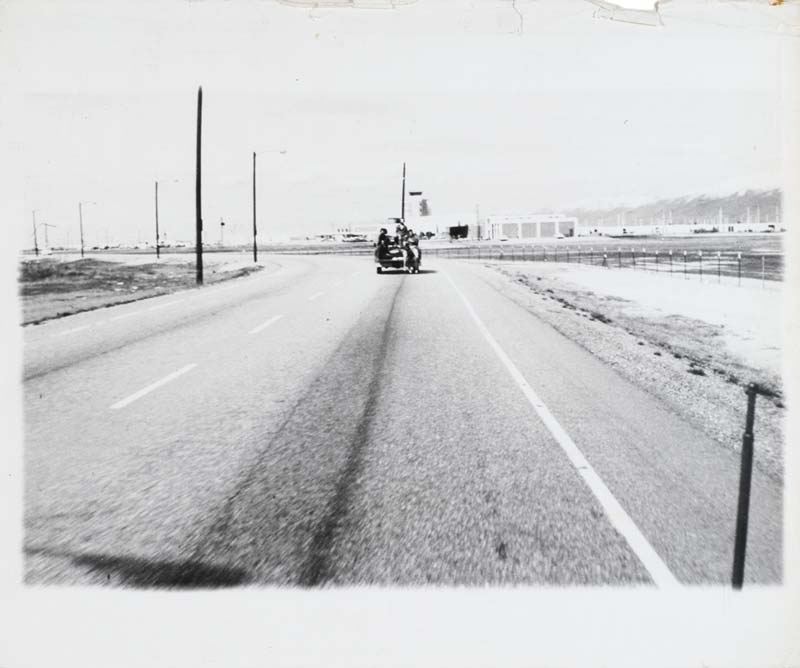
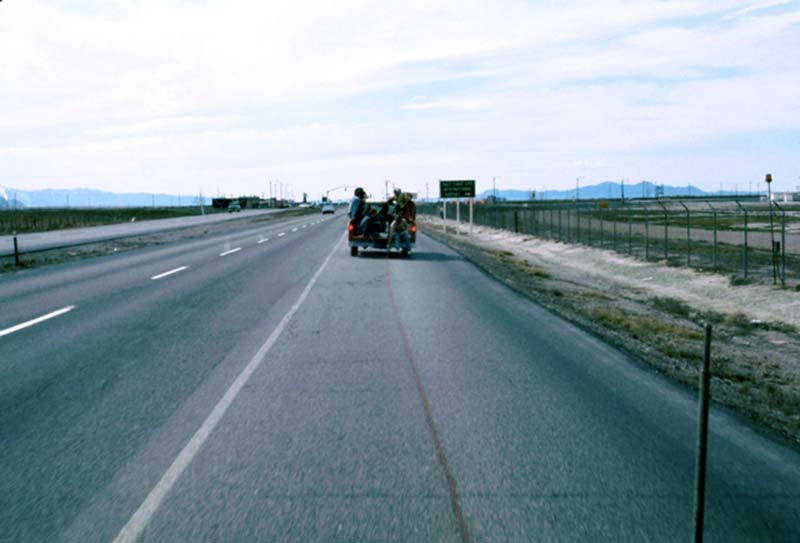
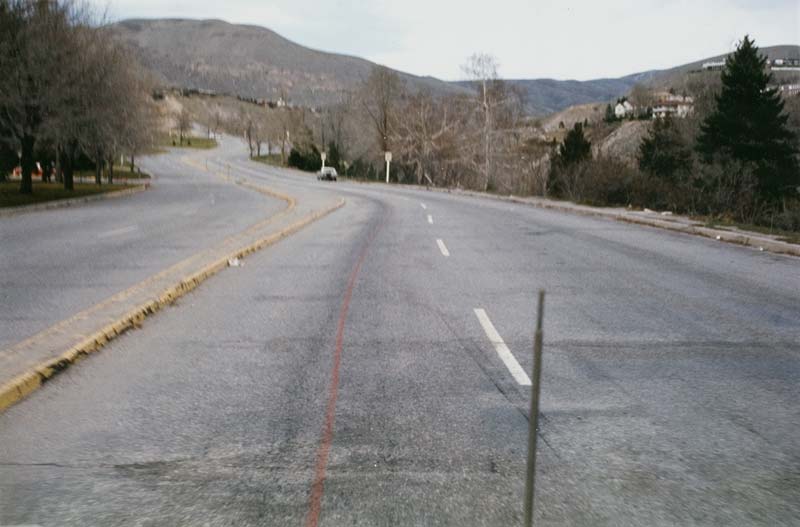
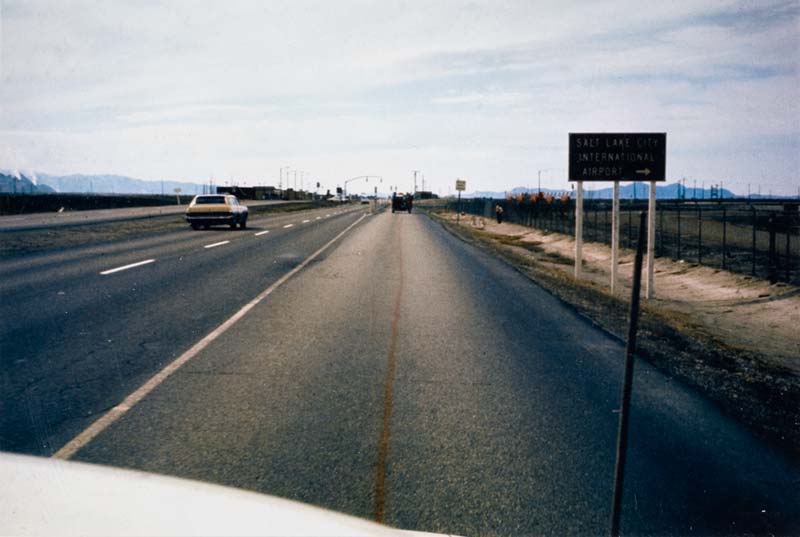
Via: Frac Center and Urbain trop Urbain


